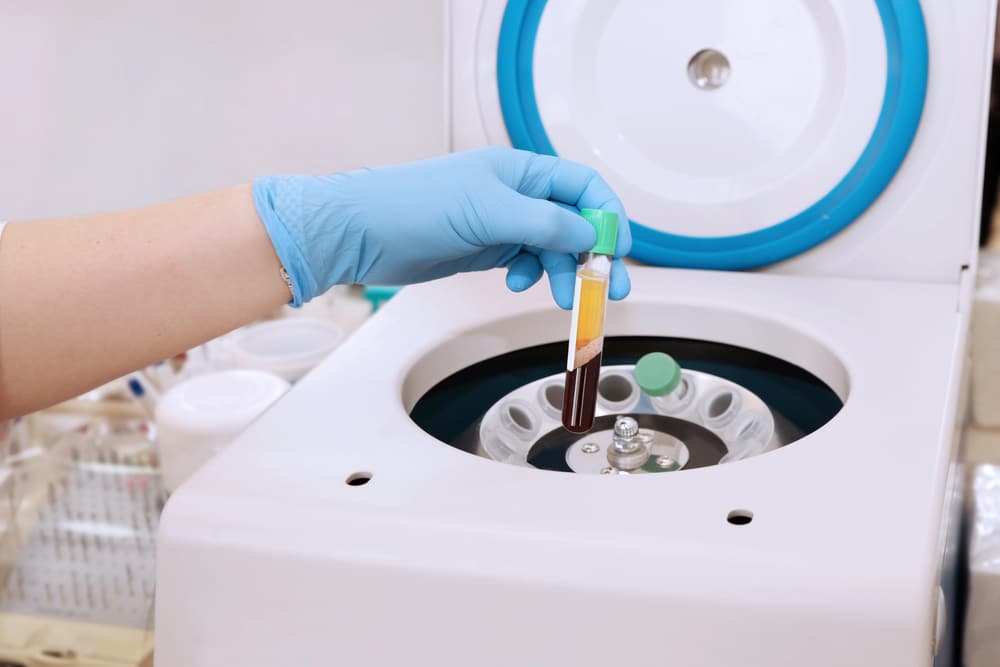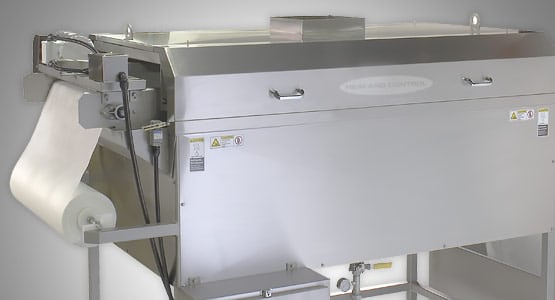vidence suggests the earliest means of turning fibers into cloth was through felting, which makes use of the scaly structure of wool to firmly interlock the fibers together. Some of the manufacturing techniques employed in today’s nonwovens industry are derived from this ancient fabric formation method, while other techniques are a product of modern engineering developed to work with man-made materials. The origins of today’s modern nonwovens industry are not clear, but according to the Nonwovens Institute, Raleigh, N.C., the term “nonwoven fabrics” was first used in 1942 when fabrics were manufactured by bonding fiber webs using adhesives.
In the decades since the term was coined, the innovations have turned into a dazzling array of technologies for making products for filtration, automotive, medical, hygiene, geotextile, agrotextile, floorcovering and even apparel applications, to name just a few of the applications. Here, Textile World presents information on some of the newest technologies available to producers of nonwoven fabrics and products.
Engineered nonwoven systems manufacturer DiloGroup, Germany, offers a unique additive manufacturing process called the 3D-Lofter, which was originally introduced as a prototype at ITMA 2019. The process essentially uses a separate sliver feed mechanism that functions in a similar manner to a digital printer. The sliver is fed into an aerodynamic web-forming unit, which allows additional quantities of fiber to be placed three dimensionally in specific locations on a flat needlefelt. The added fiber can be placed to avoid thin areas and build up stress points, alter textures, build mountains or fill valleys in the base web, and even allows for colored or patterned designs in the resultant web. Dilo reports the technology offers a fiber saving potential of up to 30 percent of the total fiber mass because once the even, flat needlefelt is created, only the fibers required are then used. The resulting web may be compacted and consolidated using needling and/or thermofusion. Applications include formed needlefelt parts for automotive interior linings, upholstery and mattress products, apparel and shoe applications, and floor coverings with colored patterns.
DiloGroup also offers the IsoFeed single card feeder technology — an aerodynamic system featuring numerous 33-millimeter-wide individual web forming units placed over the card’s working width. These units can dose web or fiber strips in the running direction where they are needed to combat mass variation in the web. According to Dilo, the IsoFeed can produce web mats from the card feeder with an improved CV value of approximately 40 percent. Additional advantages of IsoFeed include fiber consumption savings when the same minimum weight is the basis for a comparison between traditional and IsoFeed feeding; and the web is visually improved and more homogeneous. Web mats from the IsoFeed process are suitable for card feeding, for feeding aerodynamic web forming units, or may be used directly in needling or thermobonding processes.
Read more: Innovations For Nonwovens Production









